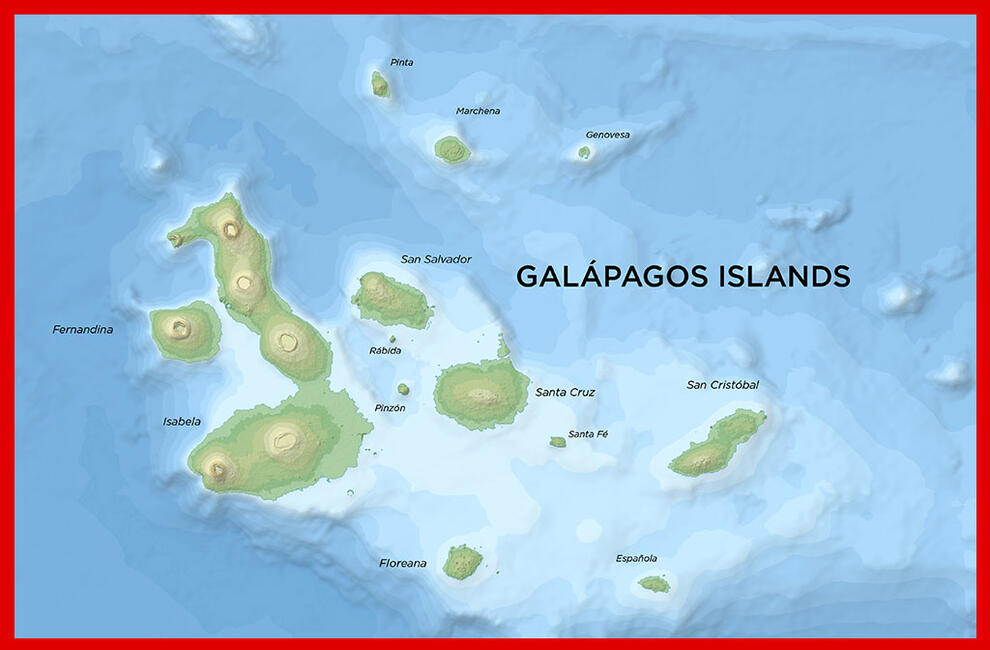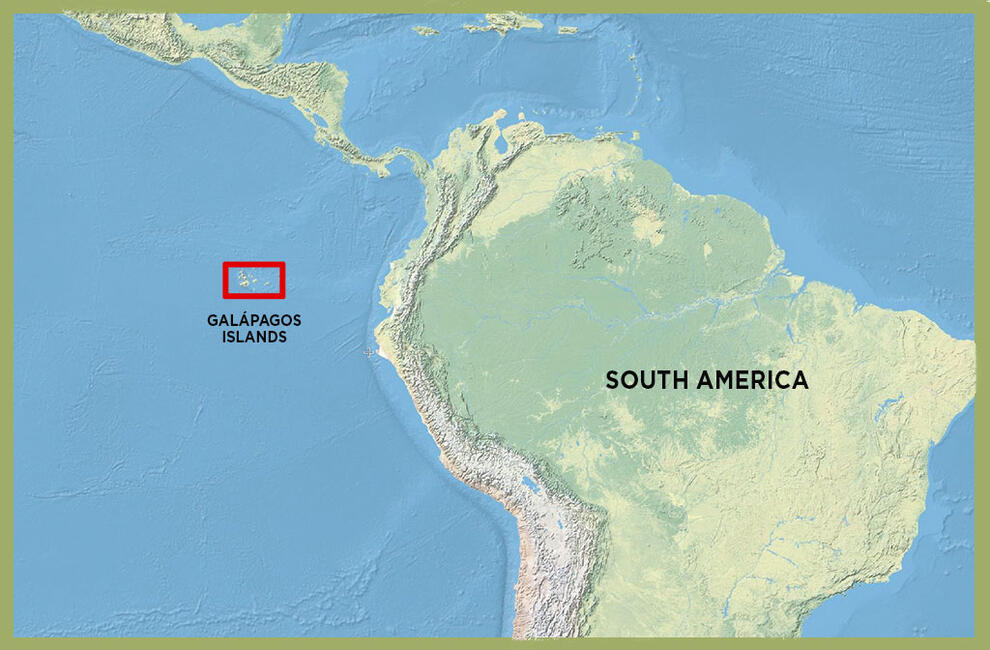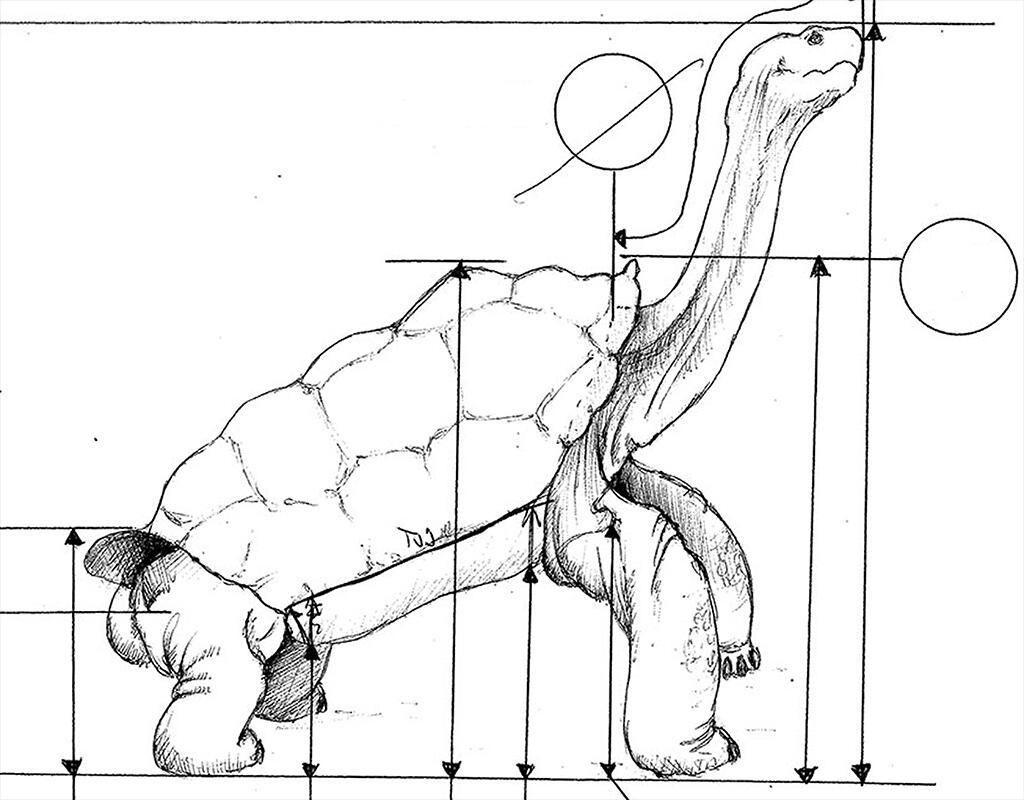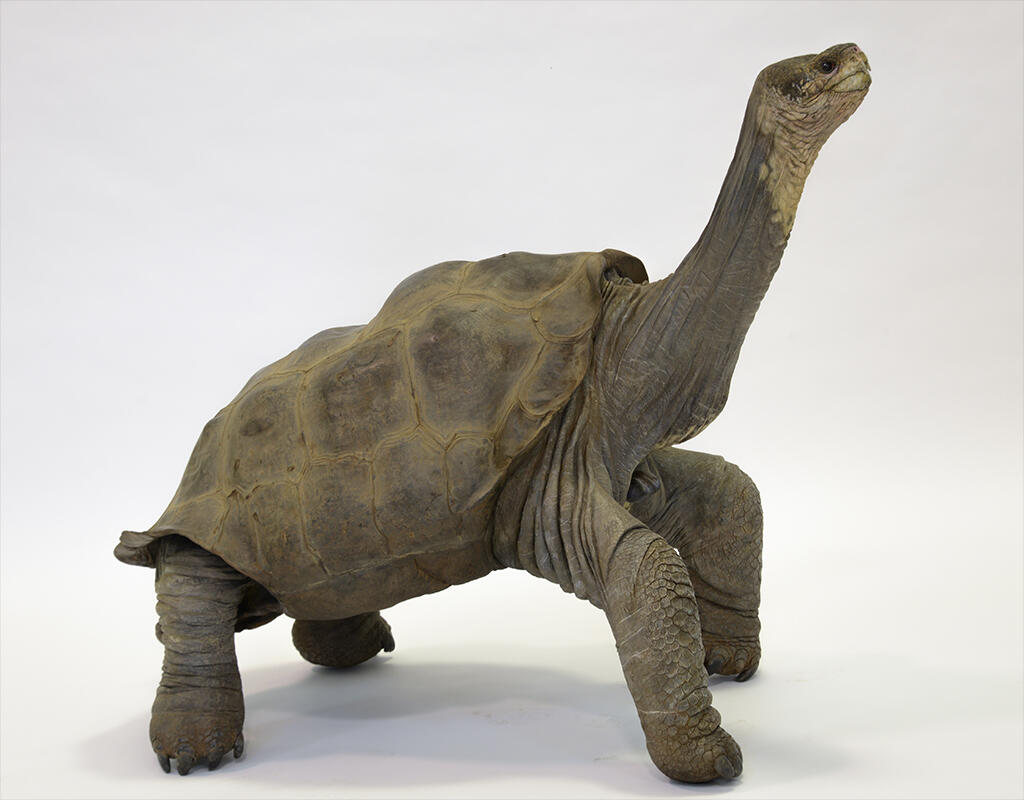Preserving Lonesome George
As the last survivor of his species, Lonesome George became a worldwide icon of conservation decades before he died from natural causes in the Galapagos in 2012. When the Pinta Island tortoise arrived at the American Museum of Natural History in early 2013 to be preserved, Museum scientists and a master taxidermist faced a number of critical decisions. The specimen had to be both scientifically accurate and beautiful, true not just to the Pinta Island species but to the beloved individual, Lonesome George. With no contemporary giant tortoise taxidermy for reference and no margin for error, this was a once-in-a-lifetime challenge.
As the process unfolded, Lonesome George’s preparators developed an emotional connection to the animal. They also felt a deep responsibility to Lonesome George’s former caretakers, to the people of Ecuador, and to future generations who might be inspired by Lonesome George’s story and message of biodiversity under threat.
The short documentary Preserving Lonesome George reveals the intricacies of taxidermy in which art and science combine to create a powerful tribute to a global conservation icon.
Galapagos and its Tortoises


Since Europeans first discovered the Galapagos archipelago in 1535, its tortoises had been subjected to waves of human-caused depredation. During the 18th and 19th centuries, seafarers filled their ships with live tortoises to ensure a ready source of fresh meat during their voyages. On some of the outer-lying islands, which offered easy access to ships, the tortoise population dwindled precipitously.
In 1835, one of the ships that visited the islands was the HMS Beagle, which carried a young naturalist named Charles Darwin on board. Darwin marveled at the archipelago’s flora and fauna, including its giant tortoises. He even tried to climb on their shells, which he noted were distinct on various islands. His formative experience in the Galapagos, and the observations and collections of local plants and animals he made there, helped Darwin start to formulate his theory of evolution by natural selection.
Meanwhile, the devastation of the islands’ tortoises continued unabated. By 1850, Floreana Island tortoises had been hunted to extinction, and the species from Santa Fé Island disappeared around the 1870s.
© R. H. Beck/Library of Congress
By the early 20th century, the Pinta Island tortoise (Chelonoidis abingdoni) had been considered extinct in the wild. But in 1971, a Hungarian scientist discovered a male who would come to be known as Lonesome George. The following year, the tortoise was taken to the Charles Darwin Research Station in Puerto Ayora, on Santa Cruz Island to the southeast of Pinta.
© Ole Hamann
There, he became a popular symbol of the Galápagos Islands—his image emblazoned on stamps, logos, and souvenir T-shirts—as well as a potent symbol of ever-increasing extinctions.
© Galapagos National Park.
“From the moment he came to Santa Cruz, Lonesome George was beloved by visitors and the local community,” says Arturo Izurieta, director of the Galapagos National Park. “His story was a powerful lesson.”
Although the last living representative of his species, Lonesome George was hardly alone. For decades, he shared his living area with females from other Galapagos tortoise species; hopes for offspring were high. But when two females ultimately laid 13 eggs in 2008, all proved to be sterile.
Lonesome George was thought to be over 100 years old when he was found dead in his corral. Galapagos giant tortoises are thought to live anywhere from 150 to 200 years. A necropsy revealed signs of aging in his liver and determined that he died of natural causes.
Lonesome George at the Museum
At the time of Lonesome George’s death, Eleanor Sterling, former director and now chief conservation scientist of the Museum’s Center for Biodiversity and Conservation, happened to be in the Galapagos for an education and outreach workshop with colleagues at the Galapagos National Park Service, the SUNY College of Environmental Sciences and Forestry, and the Galapagos Conservancy.
© James Gibbs
The institutions worked together to carefully pack Lonesome George’s body for shipment first to the Museum for an assessment by conservation experts and then to Wildlife Preservations, a taxidermy studio in Woodland, New Jersey.


Over the course of a year, Wildlife Preservations taxidermy experts worked closely with Museum scientists to preserve Lonesome George as he appeared in life—down to a missing toenail on his left front foot. The taxidermy mount shows the tremendous height Lonesome George achieved by extending his neck and limbs. Lonesome George was on view at the Museum from September 29, 2014, to January 4, 2015. In 2015, he will return to Ecuador as part of that nation’s patrimony.
The Future of Galapagos Tortoises
The Ecuadorian government designated the Galapagos Islands a national park in 1959, protecting all but a small percentage of inhabited areas. The Galapagos National Park Service was established at the same time, along with the Charles Darwin Foundation, and researchers began a review of the islands’ tortoise populations.
© James Gibbs
In the 1960s, only 11 of the 14 original tortoise populations remained, and most were either endangered or close to extinction. Rats and feral goats, both introduced species on the islands, had taken a toll on the remaining tortoise populations. Goats competed with tortoises for food, while rats preyed on tortoise eggs. On Pinzón Island, researchers found a population of 200 older adults, but no young. Apparently for the past 100 years, all hatchlings had been eaten by rats.
In 1965, the first Galapagos tortoise breeding and rearing center opened on Santa Cruz Island. Since then, the Galapagos National Park Service has successfully re-established tortoise populations across the archipelago, including on the islands of Pinzón and Española. In addition, the park has removed feral goats from some islands and released sterilized tortoises on Pinta to serve as “ecosystem engineers”—a role giant tortoises play, for example, by helping to disperse seeds when they knock over plants.
© Gisella Caccone
Recently, a group of researchers from Yale University discovered hybrid tortoises on Isabela Island with genes from the extinct Pinta and Floreana species. Most likely, the original tortoises were brought there about two centuries ago by a sea captain who needed to lighten his ship’s ballast. “These hybrid tortoises offer us the hope of returning tortoises to Pinta with a high percentage of Pinta genes,” says herpetologist Christopher Raxworthy, who is also associate dean of science and exhibition at the Museum.
In fact, a program is now underway at the Fausto Llerena Giant Tortoise Breeding and Rearing Center on Santa Cruz to back-breed these two species and return them to their native islands. The goal, according to Galapagos Conservancy Science Advisor Linda Cayot, is that in the next 200,000 years, “We’ll have a Pinta tortoise, and we’ll have a Floreana tortoise.”